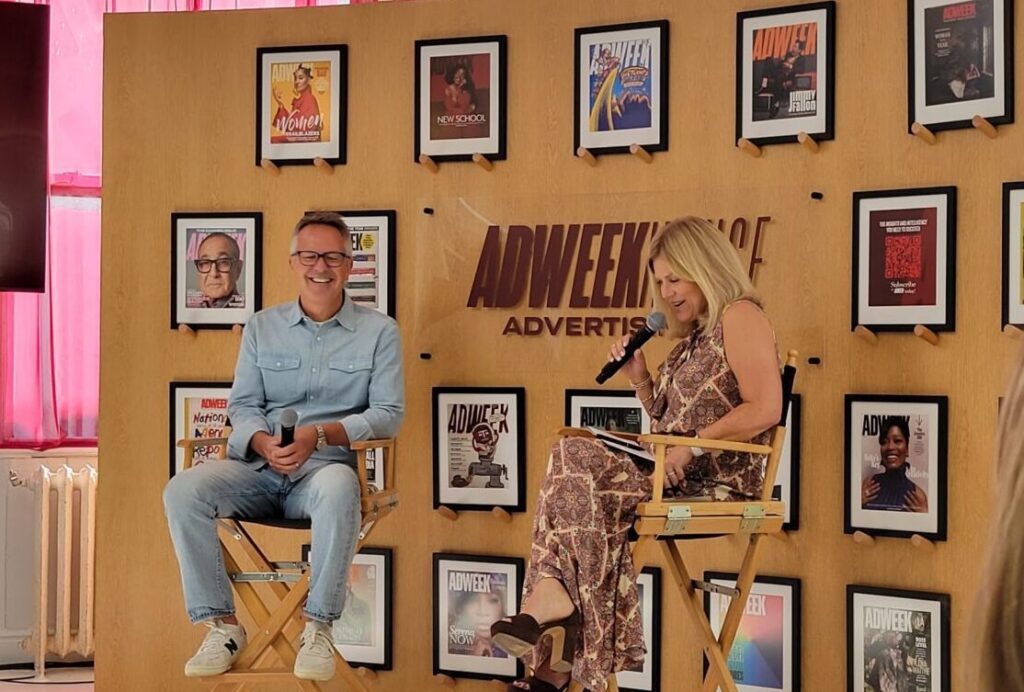Whether its Publishers Clearing House sweepstakes, the state lottery or a weekend in Vegas, Americans love to gamble—but even more so, they love to win. And they also they love to express their opinion—especially when it means reaping a reward or gift.
For decades, companies and brands have capitalized upon these core American impulses to increase audience engagement and participation. But now, with the explosion of mobile, the public’s desire to vote and win can additionally result in instant gratification for consumers, and enhanced real-time measurement for brands.
While sweepstakes (“participate for a chance to win X”) and voting (“tell us what you think about X”) are fundamentally different, they both allow audience members to be a part of something larger than themselves. But this isn’t purely a selfless or democratic act on your audience’s part; their participation is innately tied to yielding a potential outcome—whether tied to their own personal gain (“I won something.”) or their desire to influence a larger decision (“my vote counted toward getting the results I wanted.”).
But forget asking them to mail in an application or send an email to share their thoughts. The opportunity for your audiences to participate in real-time is right there, in their back pocket.
Keeping Audiences Engaged
Companies looking to increase real-time engagement and user activity turn to mobile. Companies looking to find ways to do that over and over with their audience, turn to mobile sweepstakes. Why? They keep audiences glued to your efforts to find out results, while offering a way for audiences to interact with your brand in a positive way.
Sweepstakes are a great complement to existing efforts and fairly easy to implement. Plus, they can also become a real-time mechanism for measuring the efficacy of media placements. Take CBS Radio for example. Whereas other forms of media can glean a lot about their audiences through their behaviors, until recently, radio did not have this luxury. To increase listener engagement and loyalty, CBS Radio recently embraced the power of mobile-driven sweepstakes in some the local regions they serve, over 34 stations in 19 markets.
By promoting a simple dial-in code that listeners can call to instantly enter to win a variety of prizes, they drove hundreds of thousands of average unique callers each day for a month, and roughly 9% percent of consumers who participated in the program opted-in to receive CBS local mobile alerts.
Additionally, 50% of the participating consumers called two or more times to enter the sweepstakes. So not only was CBS able to create a repeatable model for boosting customer engagement, but they also gleaned real time data on which market their callers were coming from, and the time of day (down the second) they received the calls—getting better information on which call-outs and locations were driving audience reaction. More fans and better data with a simple mobile sweeps program brought radio contest back to life.
Use Voting to Steer the Masses to Your Brand
The democratic process is pretty much in Americans’ blood, which means they often jump at the opportunity to vote. Think Dancing with the Stars, American Idol, and, for some of us, even the presidency. Even Facebook “likes” are a digital form of the personal digital seal of approval. Voting makes individuals feel like a part of something larger than themselves, and the act of doing so instills within them a sense of personal pride. What better emotion for brands to align with than that?
But even better, it also builds a relationship with the audience that is hard to sever, and keeps both parties invested in one other. Needless to say, this level of engagement is hard to duplicate. But there are ways to make it more effective using mobile. Start by offering real-time voting results. This gives your audience immediate gratification, as well as keeps them engaged for the duration of your promotion or program.
Second, make voting as simple as possible. There’s no simpler or more widely understood method than using the phone’s keypad to dial an easy-to-remember code. And lastly, leverage voting to really hit home how valuable your media placements or sponsorships really are to the bottom line.
For example, this past March, AT&T capitalized on its sponsorship with the NCAA Men’s Basketball tournament to get viewers more engaged by using mobile to ascertain votes for the Naismith Trophy winner. Throughout the tournament, voters watched their actions dictate the outcome of a major (and highly relevant!) award, so they had extra incentive to return to the programming and continue interacting with both brands. Over thousands of people called in to vote in the first week alone—that’s a few thousand fans that can be attributed directly to sponsorship dollars, not to mention, smart mobile campaigning.
With mobile’s infinite possibilities, a brand can now get their desired information in a matter of clicks and minutes. This is a win for both the business/brand (response) and the consumer (convenience) and it’s why companies need to take a fresh look at how they are using mobile sweepstakes and voting to influence audiences.
Ashley Eckel is the director of marketing for StarStar.


 Network
Network

